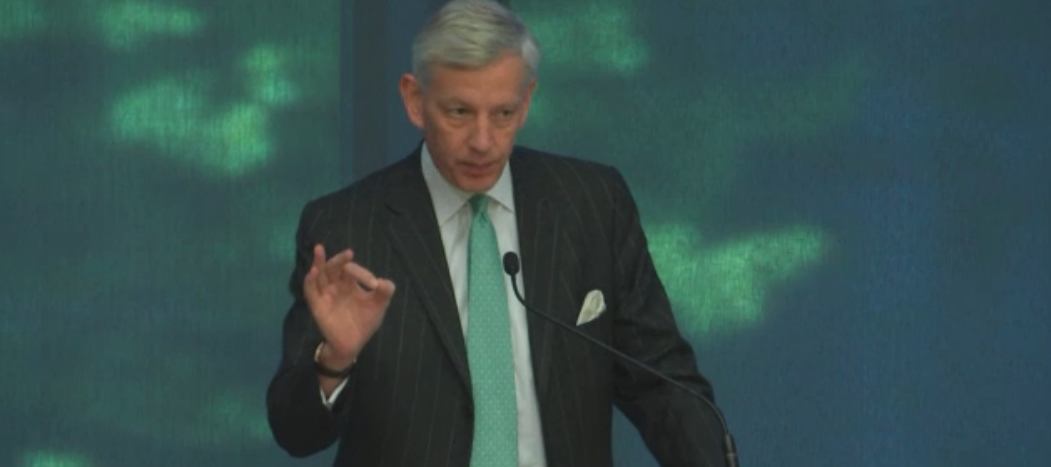
Competing in a cap-and-trade environment
Panel discusses how Ontario’s new system will create both opportunities and challenges
On April 13, the Ontario government announced its commitment to a cap-and-trade system to reduce the province’s 165 megatonnes of annual greenhouse gas emissions. Over the long term, that’s good news for businesses paying the price for unpredictable weather, from higher heating and cooling costs to shrinking timber supplies and more frequent floods. But how will this new system affect the bottom line in the coming years?
According to Dominic Barton, global managing director of McKinsey & Company, pricing carbon benefits businesses. “It will actually enhance competiveness and will enhance innovativeness,” he argued at a panel discussion that Canada’s Ecofiscal Commission and the Martin Prosperity Institute facilitated on June 3rd at the University of Toronto’s Rotman School of Management.
Moreover, he said, today’s low oil prices provide the perfect time to put carbon pricing in place.
But as the speakers following Barton made clear, the devil lies in the details: from how low to set the cap to possible trade implications. Faith Goodman, a consultant to the oil and gas sector, called for a level playing field. “Every market participant needs to have certainty, clarity and an investment horizon that makes sense,” she said.
One of the key questions is what to do with the revenues generated by auctioning off emission allowances. The government should channel those dollars into greenhouse gas reduction projects, suggested Ken Kimmell, former chair of the Regional Greenhouse Gas Initiative (RGGI), which caps carbon emissions from electricity producers in nine U.S. states.
Two-thirds of RGGI revenues are spent on renewable energy and energy efficiency projects, helping companies upgrade their facilities — with impressive economic results. “For every dollar we’ve invested, we’ve gotten about three dollars back,” added Kimmell.
Then there’s the issue of offsets: what percentage of a company’s emissions can be countered by buying credits from carbon-reduction projects, what projects qualify and how are they certified. Guy Drouin, president and chief executive officer of Biothermica, sees business opportunities here, provided the government establishes long term horizons and sets floor and ceiling prices to curb volatility.
Cap-and-trade and real estate
However, don’t expect the real estate sector to cash in if Ontario follows California’s model, which essentially limits offsets to agriculture and forestry projects.
What is clear is that a cap-and-trade system will raise the price of gasoline, natural gas and anything manufactured from carbon-intensive materials, such as steel and cement. Ontario’s hydro rates, however, should remain relatively unaffected.
“The cap-and-trade system will attach a price to all activities that are intensive in their carbon emissions,” noted Chris Ragan, chair of the Ecofiscal Commission, “but Ontario’s electricity system now makes very little use of carbon-based fuels. Only 12 per cent of Ontario’s electricity is generated by burning natural gas. So the effect of the cap-and-trade system on Ontario’s electricity prices should be very small.”
Smart businesses will start assessing their emissions and how they compare to sector benchmarks. “If you’re on the high side, you need to figure out why that is, because others are going to beat you out,” said Michael Gibbs, assistant executive officer at the California Air Resources Board.
The panellists also agreed that a cap-and-trade system will drive opportunities for entrepreneurship and innovation. “When you start pricing carbon, you have created a very, very powerful financial incentive to avoid incurring those costs,” Ragan added. “Entrepreneurs are the people that respond to those incentives.”
Jessie Sitnick is the Communications Director for Canada’s Ecofiscal Commission.
To learn more about cap-and-trade and key recommendations for Ontario to design an effective and fair system, see: The Way Forward for Ontario (www.ecofiscal.ca).




Comments are closed.